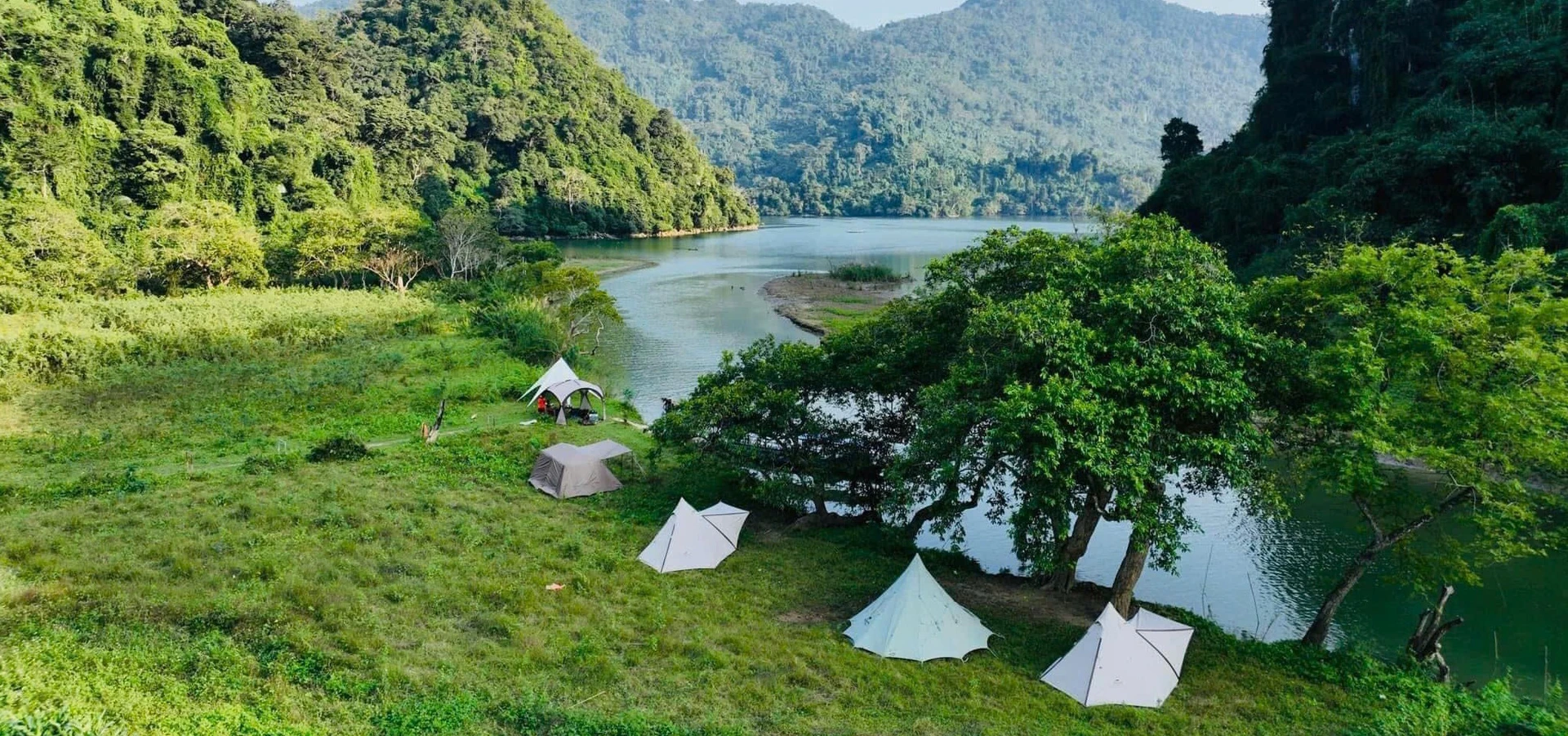On weekdays, Ba Be National Park welcomes about 100-200 visitors. On weekends, the number increases to 500-1,000 visitors, not too crowded like other famous tourist attractions because of the large garden area and many attractions. This is a suitable destination for Northern tourists to visit on the occasion of 2/9 when they want to avoid the heat and crowds.
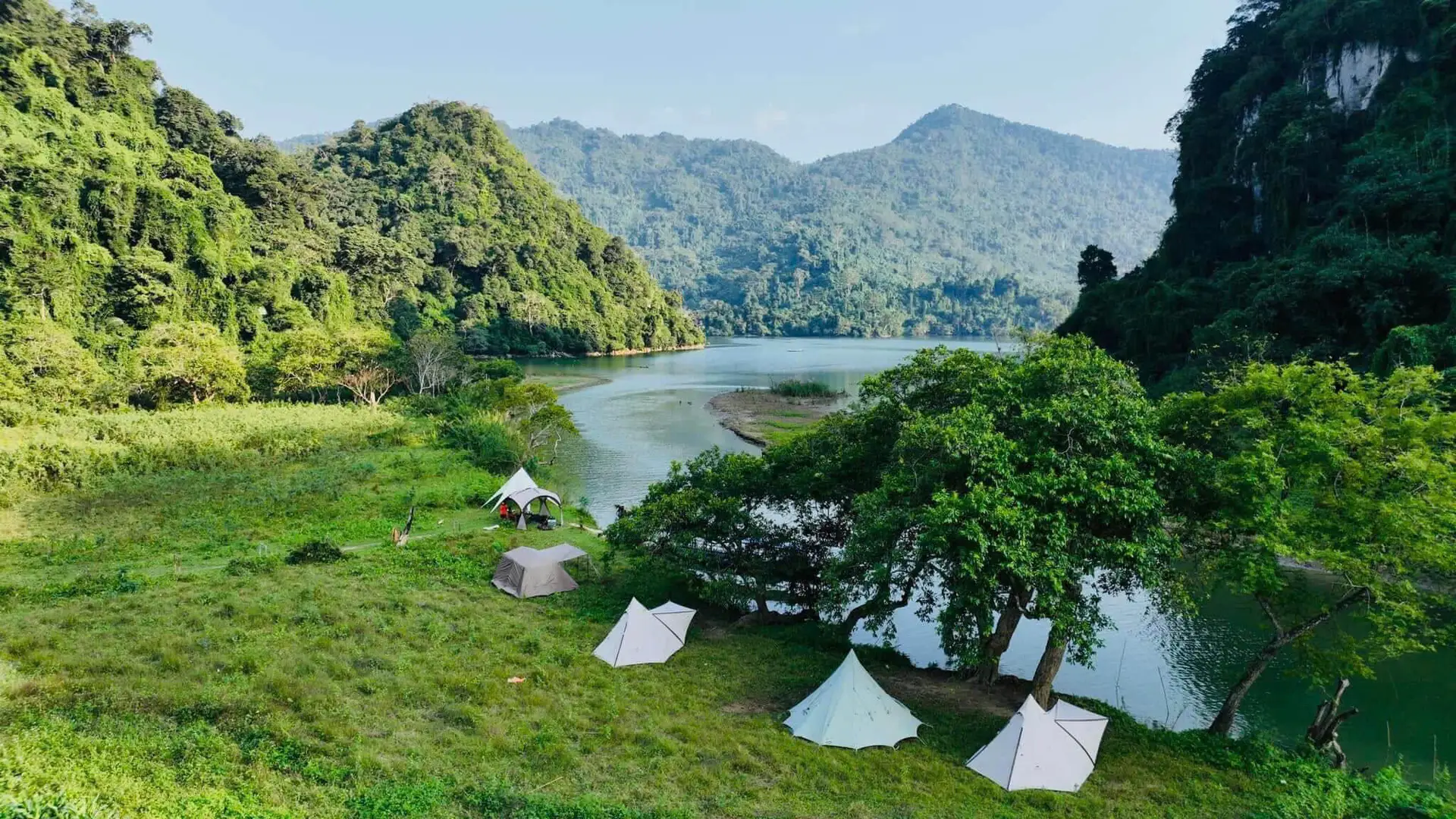
Photo: Quang Ba Be
Day 1:
Morning, noon: Moving from Hanoi to Bac Kan city along the old National Highway 3, it takes about 3 hours to travel (you can go by car, motorbike, suitable for backpackers) or take a car along the Hanoi - Thai Nguyen highway, then continue to National Highway 3, the time is about 2 hours.
Ba Be Lake is 70 km from Bac Kan city. If you follow the old road, it takes about 2.5 hours because the road is steep and difficult to walk. Bac Kan province has invested in building a new road connecting the city with Ba Be lake to shorten two-thirds of the travel time, which is expected to be completed in 2025. Currently, on sunny days, cars and family cars can still follow this road to Ba Be Lake.
Arriving at Ba Be National Park, visitors move to the main boat pier and buy scenic tickets. The entrance ticket for adults from 16 years old and over is 70,000 VND, the ticket price for children 6-16 years old is 40,000 VND, free for children under 6 years old.
After boarding the boat, visitors are taken from the main pier to the homestay in Ban Cam village, the travel time is about 20 minutes, to check in. Guests have lunch at the homestay, food is grown by people in Ban Cam such as chickens, pigs, cows, fish, and wild vegetables.
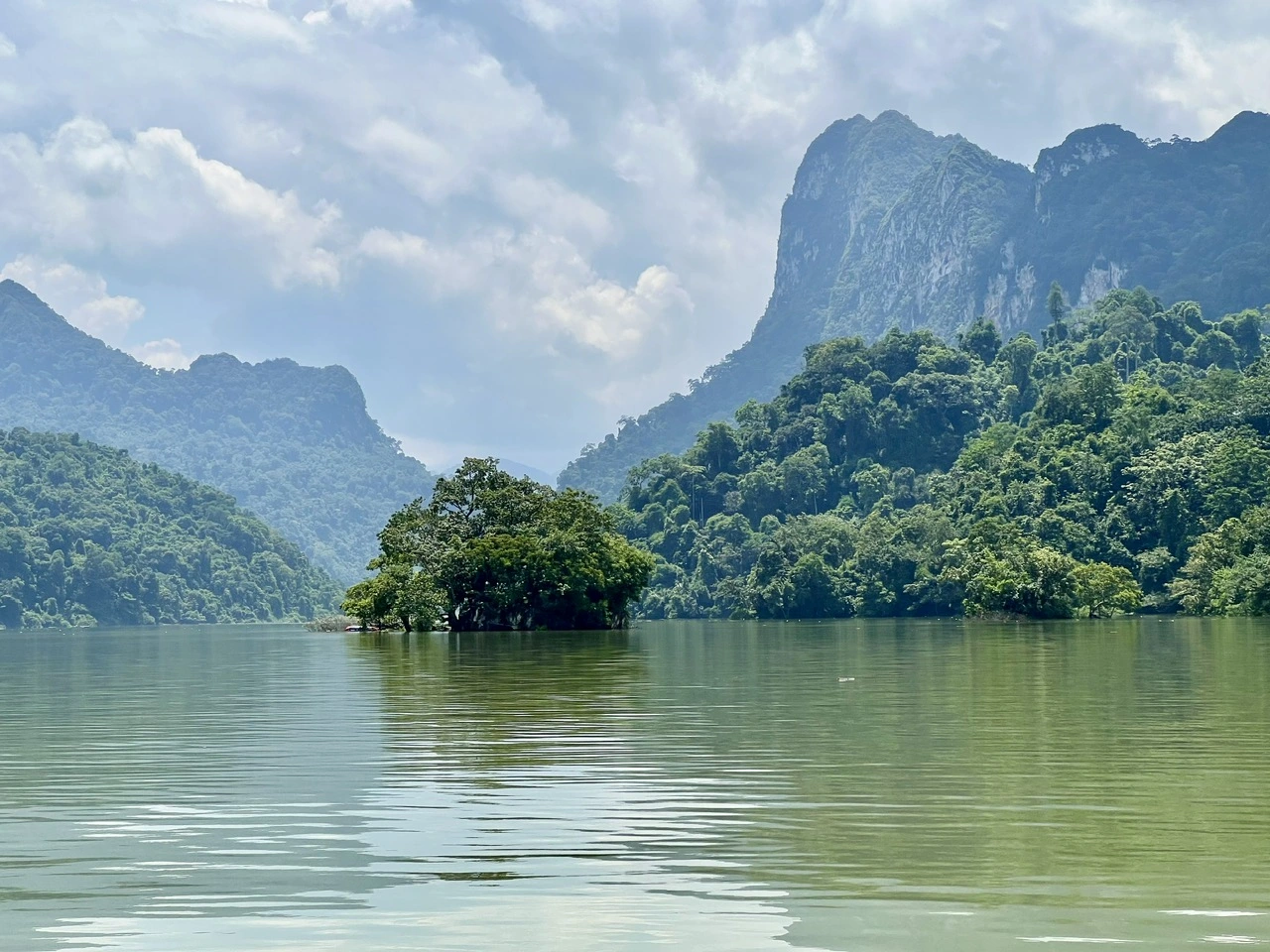
Image: Phuong Anh
Afternoon and evening: Trekking tourists in Ban Cam (4 km route) visit people's houses, agricultural production areas, catch seafood, find bamboo shoots, transplant rice and enjoy local products such as rice cakes, broccoli shoes, grilled fish and shrimp.
After trekking, visitors can bathe right at the lake in front of the homestay, rest, have dinner with specialties of vegetables picked from the primeval forest in Ba Be National Park, fish and shrimp caught from the lake and sticky rice. After dinner, guests can participate in cultural exchange activities with the people in the village.
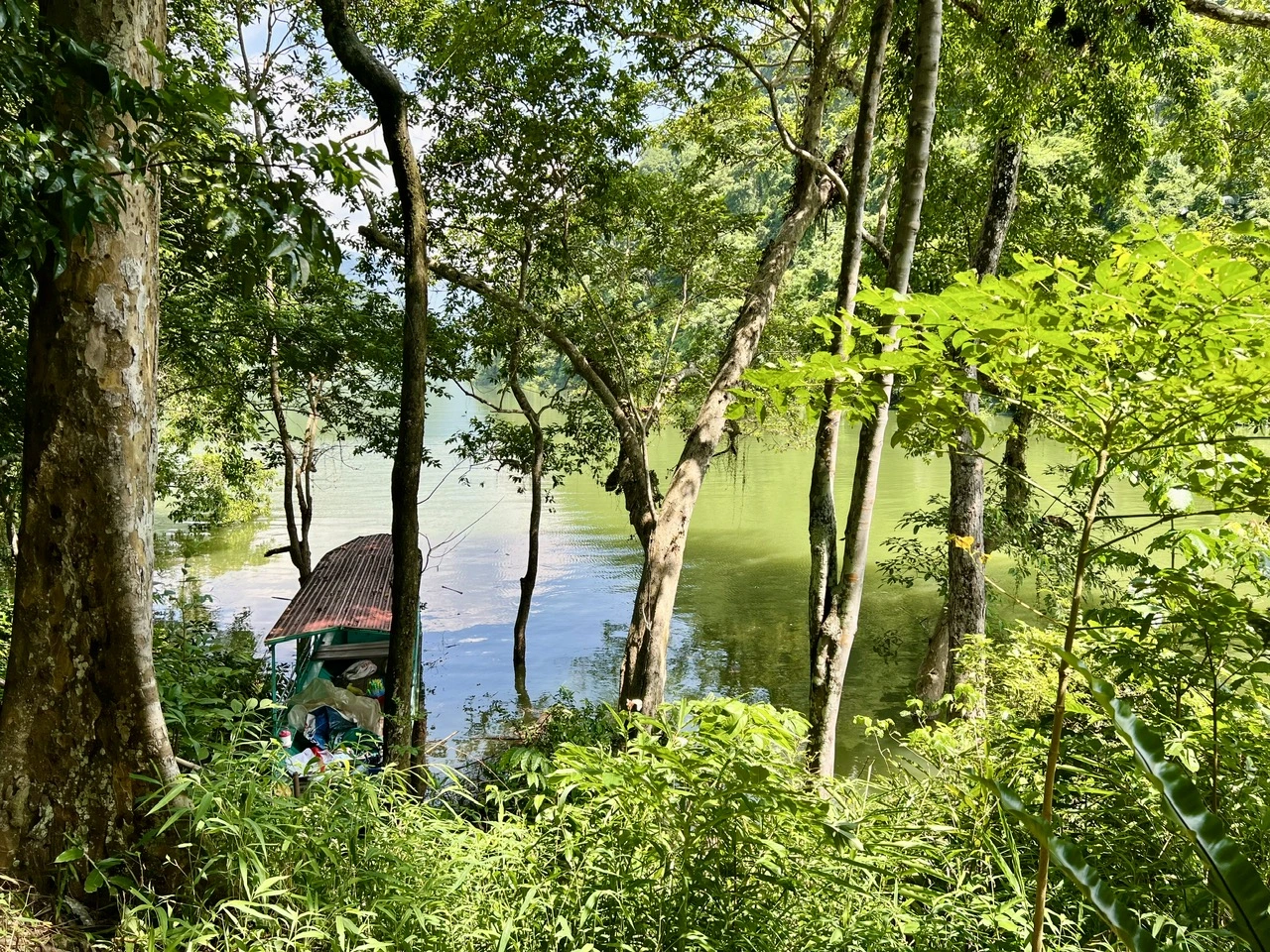
Image: Phuong Anh
Day 2:
Morning and noon: After breakfast, visitors continue to experience visiting Puong Cave - Dau Dang Waterfall - Ao Tien. These points have to move on the river, the time is about three hours.
Fairy Pond: is a 3,000 m2 wide lake located on the northern peak of Ba Be Lake. From Ba Be Lake, visitors walk about 100 m to Ao Tien. Tien Pond is surrounded by limestone mountains and primeval old forests, so the pond water is always clear and cool.
Tou Dang Waterfall: located about three km from Ba Be Lake, in Ba Be National Park and adjacent to Bac Kan - Tuyen Quang province. The waterfall is where the Nang River is broken with large and small rocks lying on top of each other, hundreds of meters high, more than a kilometer long. The water pours down from above and throws white and cool foam, suitable for tourists to avoid the heat.
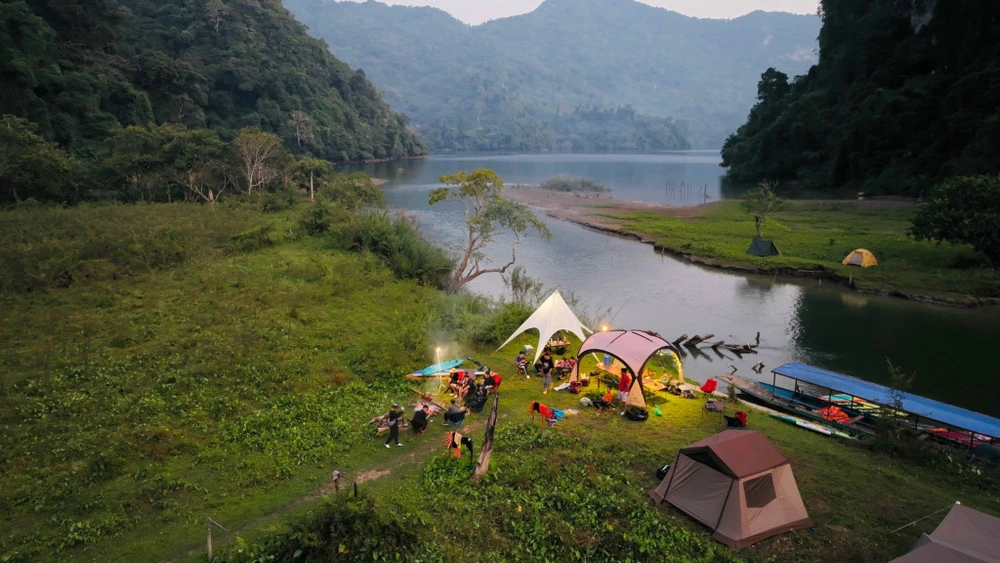
Photo: Ba Be Camp
The waterfall has many species of precious fish, including fried fish. Many fried fish weigh up to tens of kilograms. On the occasion of March-April, after the rains at the beginning of the season, each fish raced to cross the waterfall, creating an interesting scene likened to "fish crossing the gate".
Puong Cave: located on the Lung Nham limestone mountains north of the National Park, the ceiling of the cave is more than 20 m high, about 30 m wide. The cave bed has the Nang River flowing through it with a length of nearly 300 m.
During the visit, visitors can buy clean products grown and caught from the villagers such as mountain snails, lam rice, grilled fish, sour shrimp, cassava vegetables.
After lunch and rest, visitors check out the homestay and move to the campsite about 200 m away to receive tents and check in to the camping area.
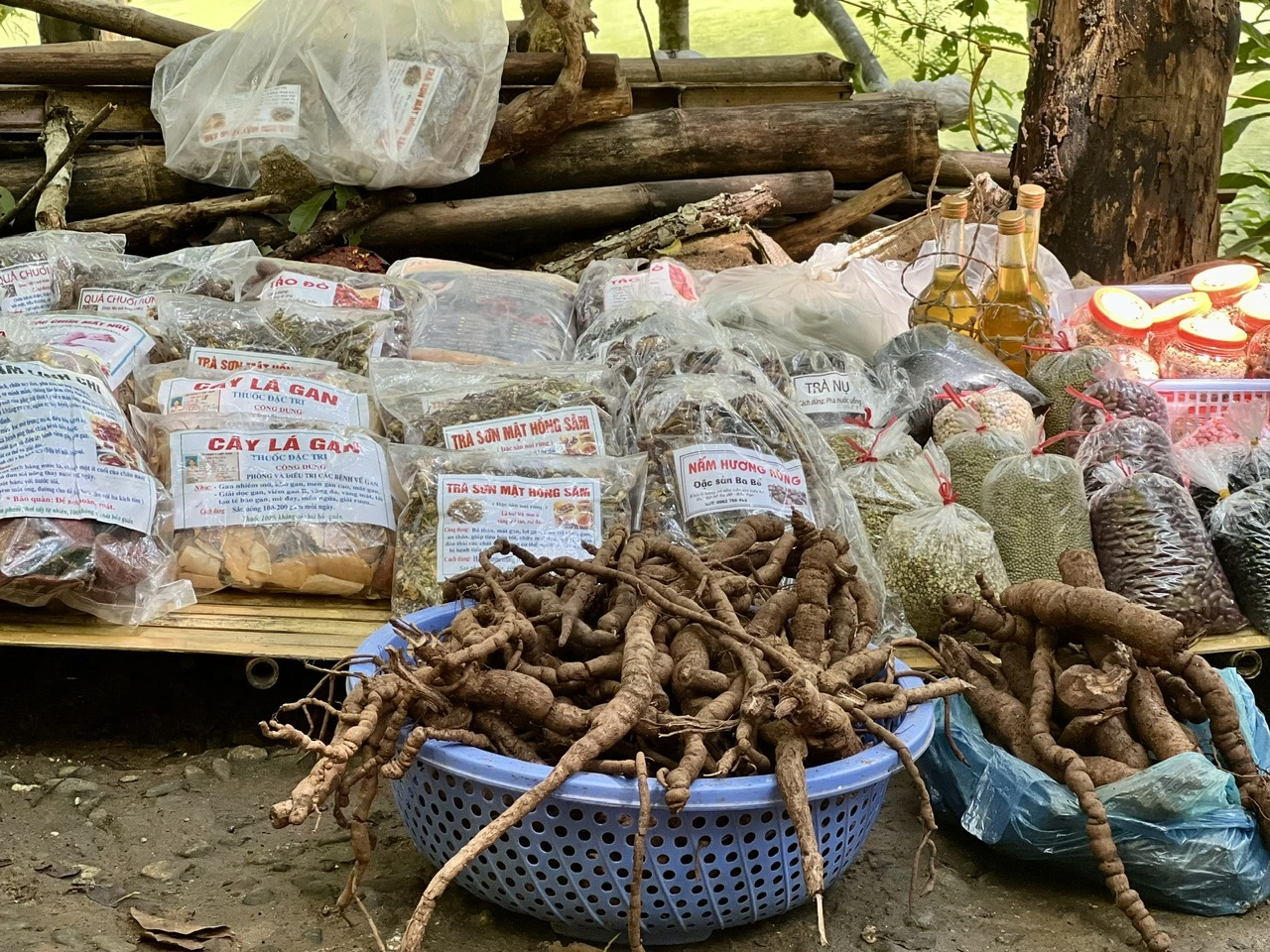
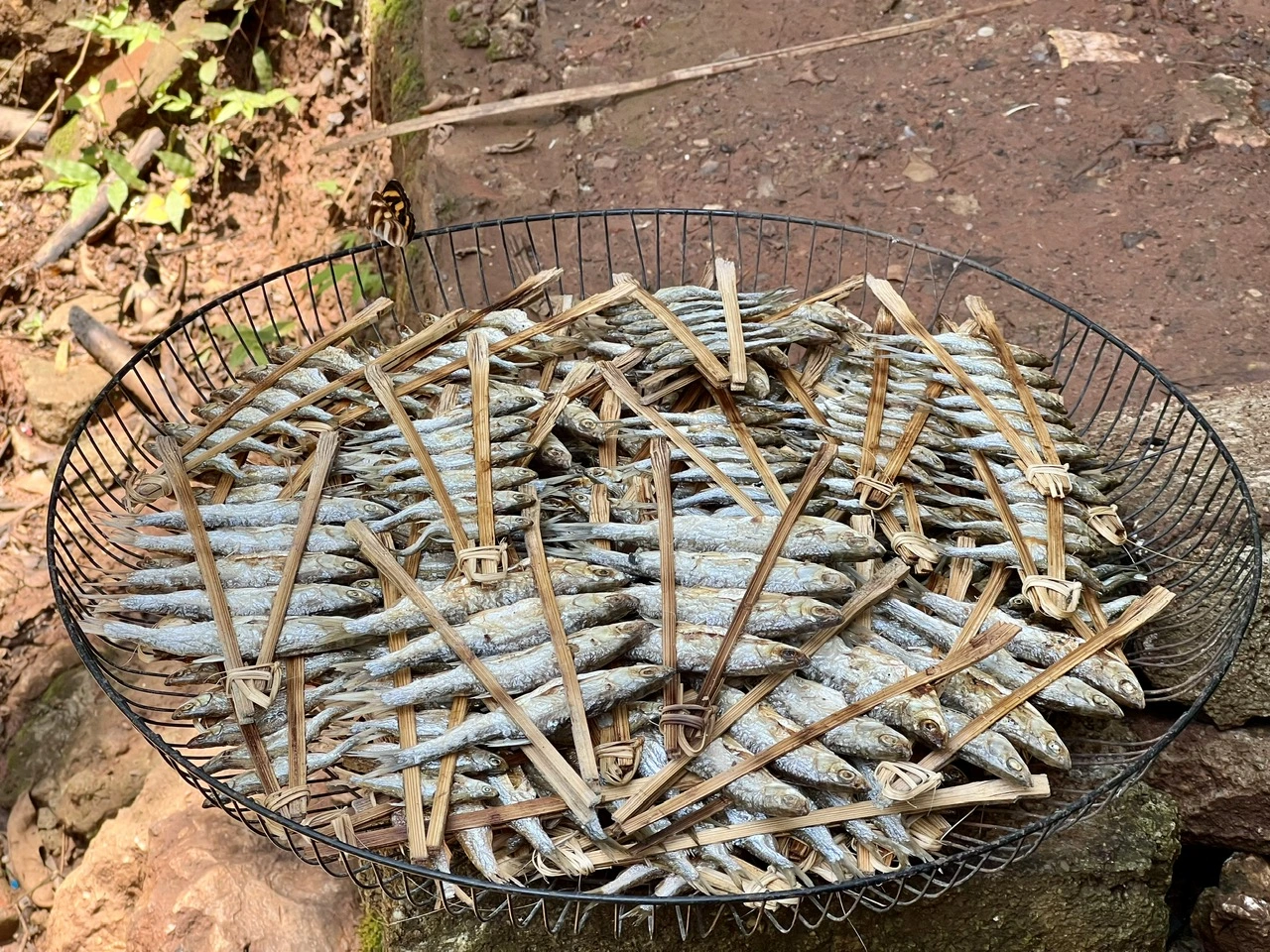
Photo: Phuong Anh
Afternoon and evening: Visitors can participate in SUP paddling, kayaking, bathing in Ba Be Lake, and groping for worms in front of the campsite. The finished product will be processed into a dish for dinner or cooked porridge for the next morning.
Night: Tourists participate in outdoor BBQ, singing karaoke. The glamping tent (high-end camping tent) is fully equipped with air cushions, sleeping bags, fans, lights. Visitors will have the experience of camping and sleeping in tents right at the lake.
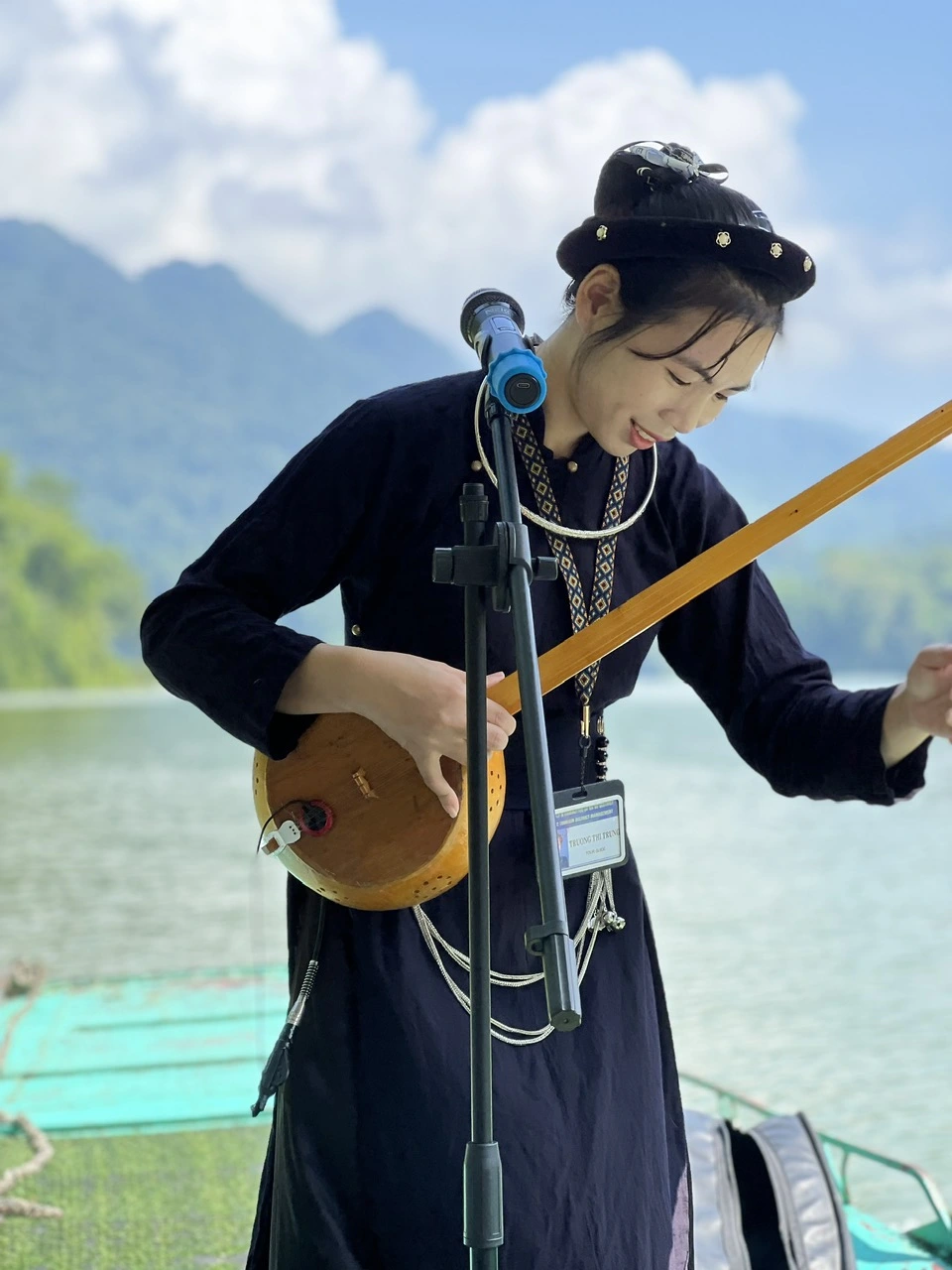
Photo: Phuong Anh
Day 3:
Morning, noon: Visitors enjoy mussel porridge, the same shaft caught from yesterday afternoon or chicken porridge. After that, visitors will follow the fishermen to participate in fishing right at Ba Be Lake, the fruits are preserved to take home in the afternoon or used to cook lunch. In addition, visitors can also participate in riding a boat weaving under the ancient trees and figs at Ba Be Lake.
After lunch, the guests rested and checked out, returning to Hanoi. The price of a 3-day 2-night tour as above is about 1.5 million VND per person (excluding the cost of transportation to the National Park and entrance tickets).
Bac Kan is the greenest province in the country with a forest area covering more than 74% of the area, according to Provincial Portal. One of the greenest, most beautiful and famous places of Bac Kan is Ba Be Lake, in Ba Be National Park. The International Conference on Freshwater Lakes held in the United States in March 1995 ranked Ba Be Lake as one of the 20 most beautiful natural freshwater lakes in the world that need to be protected. In 2012, the lake was also recognized as a Special National Scenic Monument.
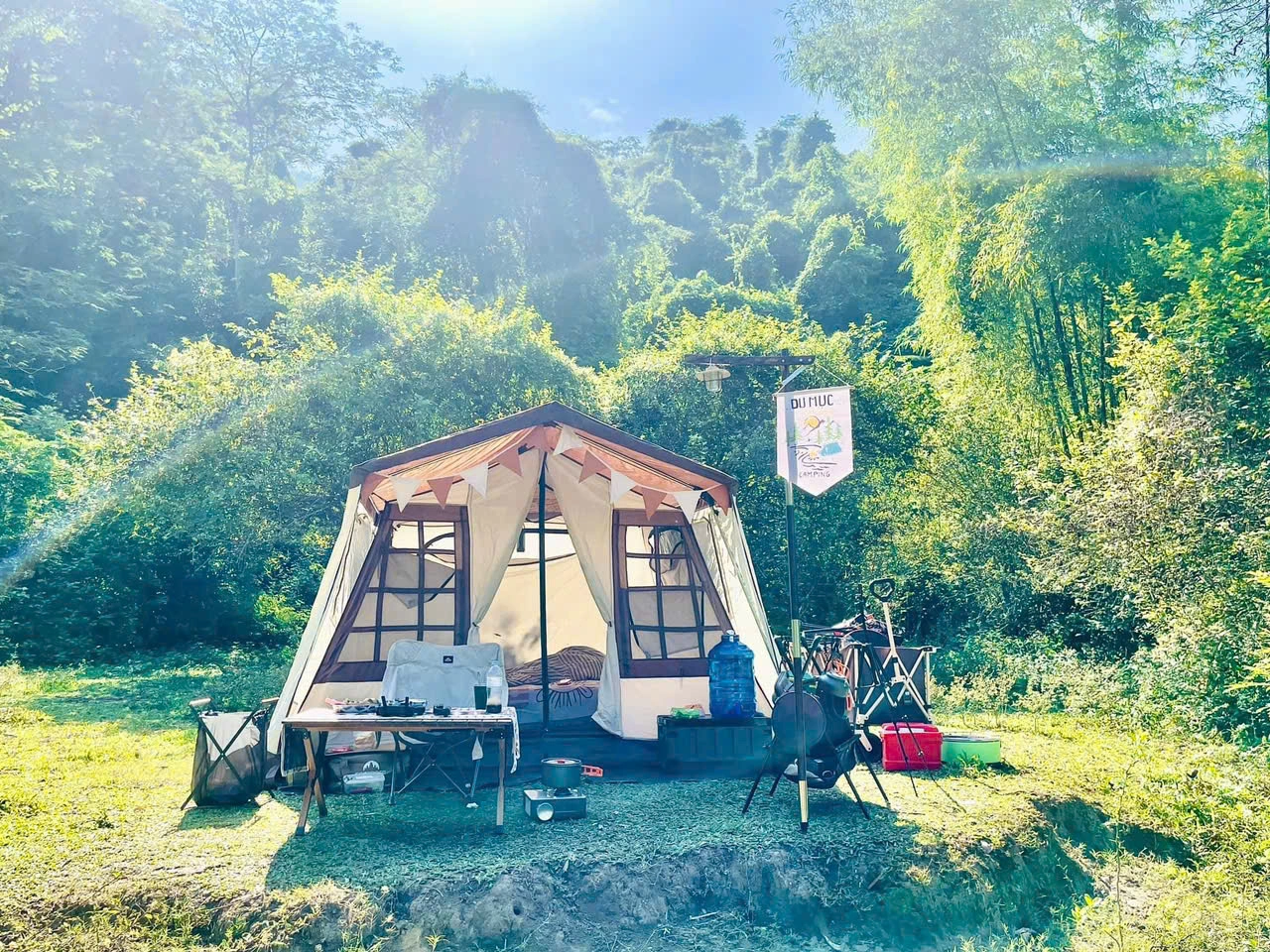
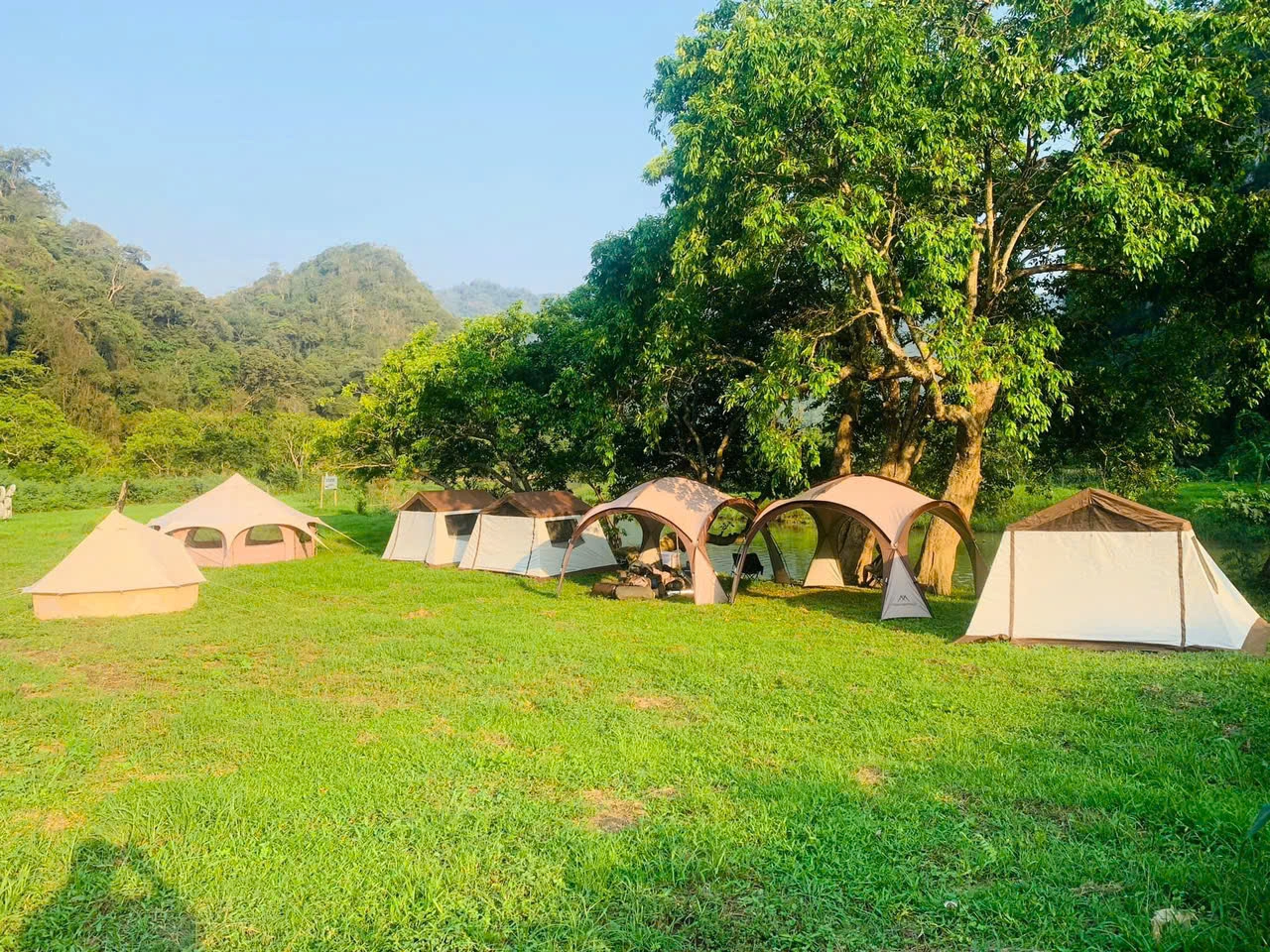
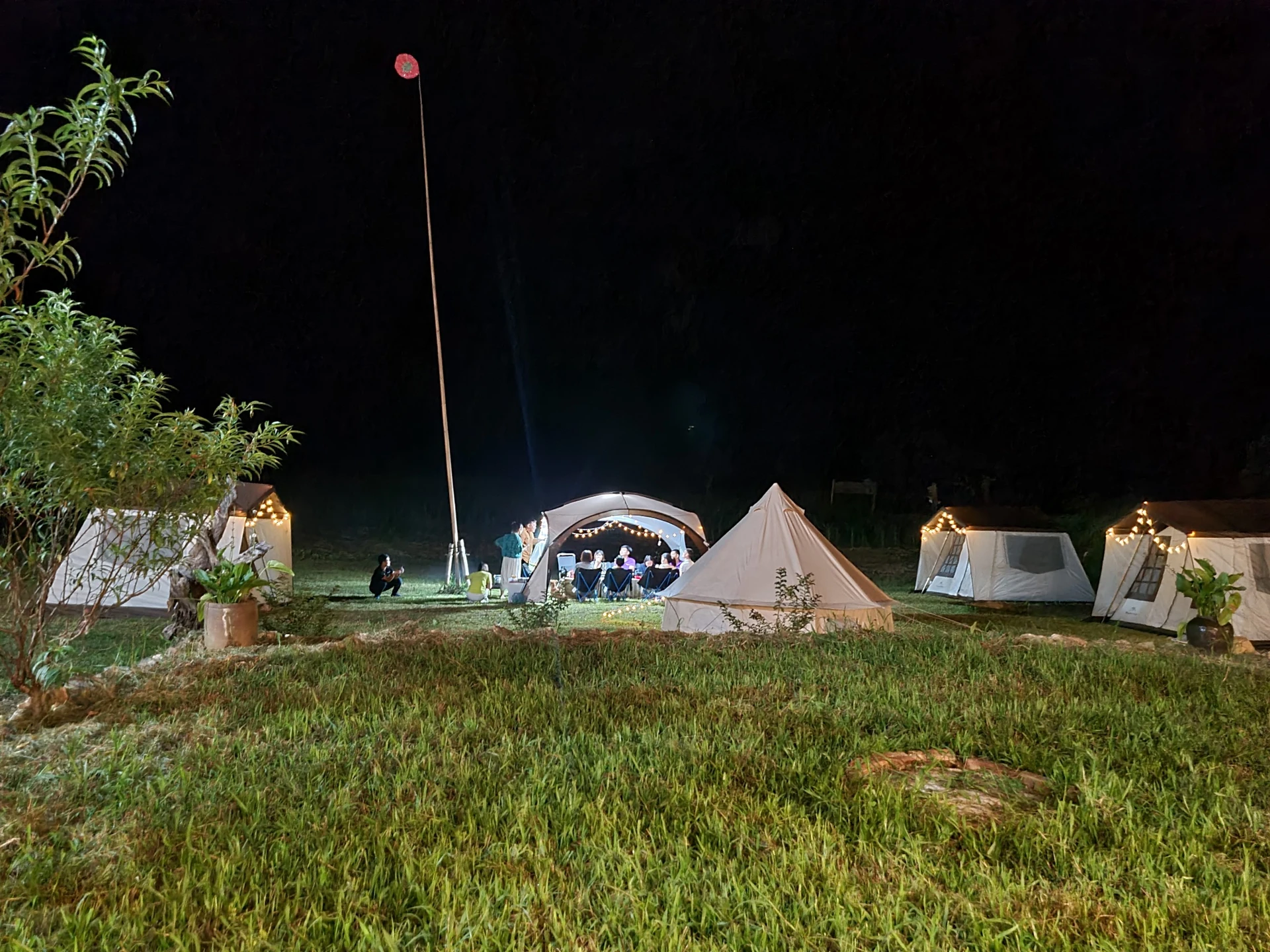
Photo: Ba Be Camp
In addition to the tour as above, visitors can also visit Ba Be during the day such as buying the tourist route Ba Be lake - Ba Goa island - island, An Ma temple - Ao Tien; forest tourism routes for hiking in the National Park or tourist routes for mountain villages such as Ban Na Co, Na Nieng, Vai, Na Hai, Cam, Hin Dam, Dan May, Kau Qua, Nam Dai.
From the administrative center of the National Park, visitors go about 5 km along the shore of Ba Be Lake to the cultural and tourism villages of Pac Ngoi, Bo Lu, Coc Tric, and Cam villages. Coming to these villages, visitors will experience highland life, eat and live with people in traditional stilt houses. The community tourism cultural village also preserves the traditional culture of the Tay people. Visitors can experience a day of daily activities of the people such as fishing, brocade weaving, and making traditional fruit cakes.
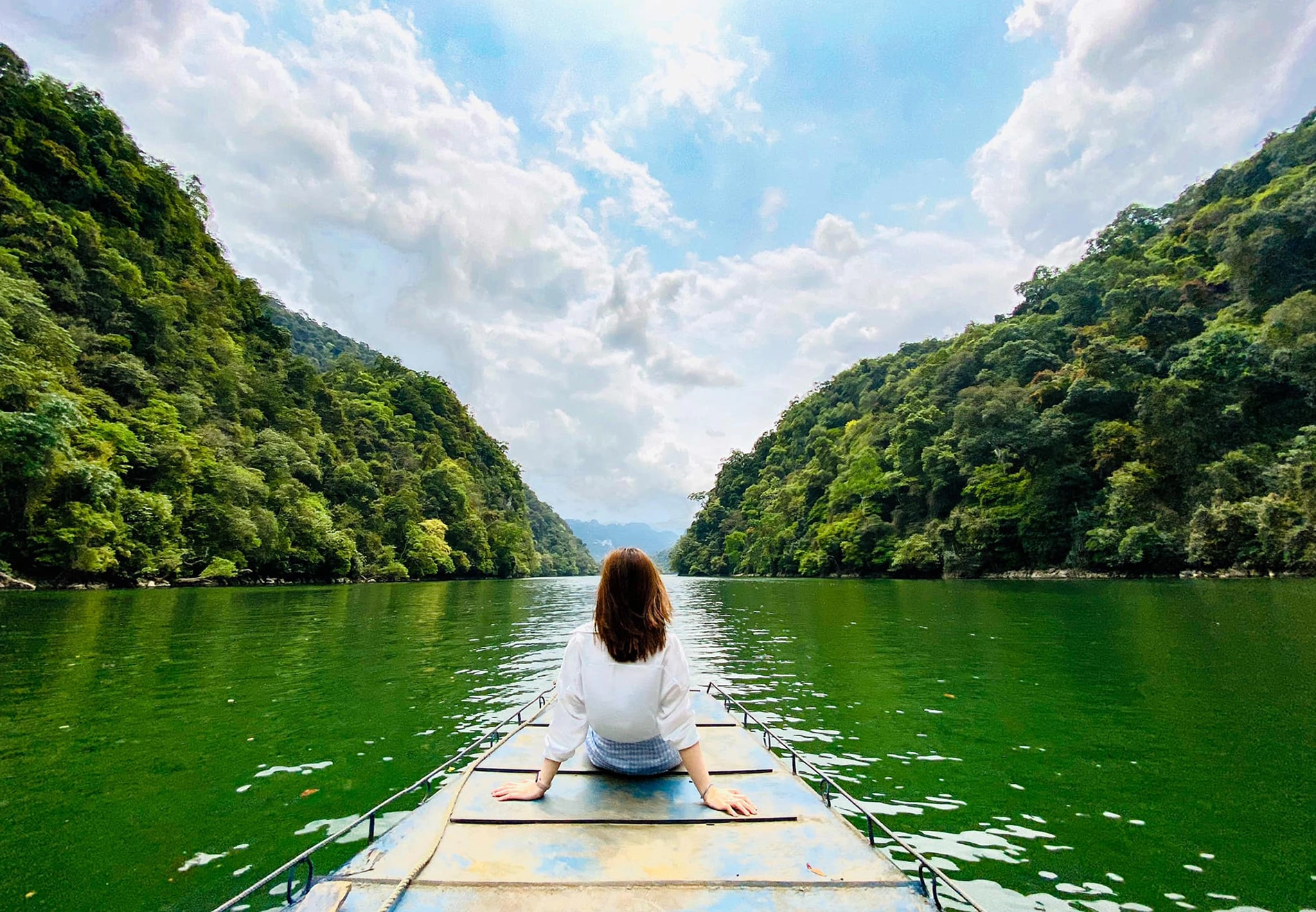
Image: Tran Xuan homestay
If you have time, you can visit other tourist attractions in Bac Kan such as Tham Pho cave (Hoang Tri commune), Chang village ecological lake, Gio pass (Ngan Son district), ATK area (Cho Don district), Na Tu historical site and Phu Thong fort relics (Phu Thong district), Mau Temple (Bac Kan city).
Visitors can also participate in the inter-provincial tours such as Bac Kan city - Ba Be lake - Na Hang hydropower lake (Tuyen Quang) - Bac Me (Ha Giang); Bac Kan city - Cho Dong ATK - Dinh Hoa ATK (Thai Nguyen) - Tan Trao (Tuyen Quang); Bac Kan city - Cao Bang - China.

Photo: Vu Van Tuyen
Bac Kan specialties:
Visitors can enjoy and buy as gifts specialties such as spring rolls, sour meat, Ba Be lake sour shrimp, grilled fish, bird's nest vegetables, vermicelli, fake ancient herbal tea, ant egg cake.
Source: VnExpress
